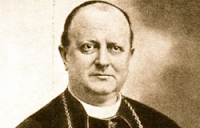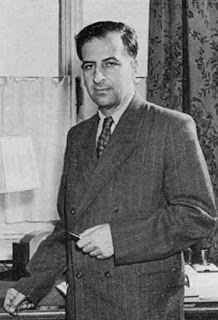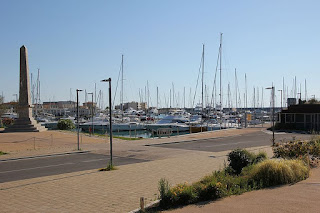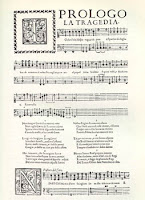Vesuvius erupts
Terrible toll of Europe's worst volcanic catastrophe
Mount Vesuvius erupted on this day in AD 79, burying the Roman cities of Pompeii, Herculaneum, Oplontis and Stabiae and causing the deaths of thousands of people. An eyewitness account of the eruption, in which tons of stones, ash and fumes were ejected from the volcano, has been left behind for posterity by a Roman administrator and poet, Pliny the Younger, who described the event in his letters to the historian Tacitus. Although there were at least three large eruptions of Vesuvius before AD 79 and there have been many since, the disaster in August AD 79 is considered the most catastrophic volcanic eruption in European history. Mount Vesuvius had thrown out ash the day before and many people had left the area. But in the early hours of the morning of August 25, pyroclastic flows of hot gas and rock began to sweep down the mountain. The flows were fast moving and knocked down all the structures in their path, incinerating or suffocating the people who had remained. Pliny noted there were also earth tremors and a tsunami in the Bay of Naples. The remains of about 1500 people have been found at Pompeii and Herculaneum (Ercolano) but it is not known what percentage this represents of the overall death toll. Read more…
________________________________________________________________
Saint Patricia of Naples
Patron saint performs a miracle every week
The feast day of Saint Patricia is celebrated every year in Naples on this day. The saint, who is also sometimes referred to as Patricia of Constantinople, is one of a long list of patron saints of Naples. She is less well known than San Gennaro, also a patron saint of the city, who attracts crowds to Naples Cathedral three times a year to witness the miracle of a small sample of his blood turning to liquid. But Saint Patricia’s blood, which is kept in the Church of San Gregorio Armeno, is said to undergo the same miraculous transformation every Tuesday morning as well as on August 25 each year - her feast day - which was believed to be the day she died in 665 AD. Saint Patricia was a noble woman, who may have been descended from St Constantine the Great. She was a devout virgin and travelled to Rome to become a nun in order to escape an arranged marriage. She received the veil – symbolising her acceptance into the monastic community – from Pope Liberius. When her wealthy father died, she returned to Constantinople and, renouncing any claim to the imperial crown, distributed her wealth among the poor. Read more…
__________________________________________________________________
Galileo demonstrates potential of telescope
Scientist unveiled new instrument to Doge of Venice
The scientist and inventor Galileo Galilei demonstrated the wonders of the telescope to an audience of Venetian lawmakers on this day in 1609. The 90th Doge, Leonardo Donato, and other members of the Venetian senate accompanied Galileo to the top of the campanile of St Mark’s Basilica, where each took it in turn to look through the instrument. The meeting had been arranged by Galileo’s friend, Paolo Sarpi, who was a scientist, lawyer and statesman employed by the Venetian government. The two were both professors at the University of Padua. Galileo, whose knowledge of the universe led him to be called the ‘father of observational astronomy’, was for many years wrongly credited with the invention of the telescope when in fact the first to apply for a patent for the device was a Dutch eyeglass maker named Hans Lippershey. However, Galileo’s work using uncertain details of Lippershey’s design certainly took the idea to a different level. Whereas Lippershey’s device magnified objects by about three times, Galileo eventually produced a telescope with a magnification factor of 30. The one he demonstrated on August 25, 1609, is thought to have had a factor of about eight or nine. Read more…
Home






















